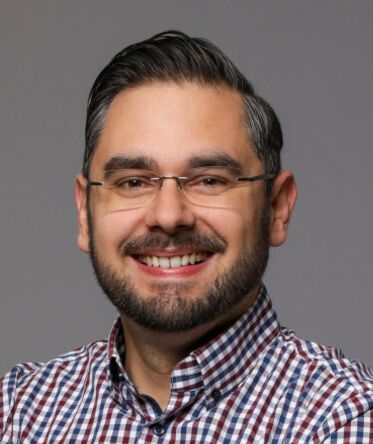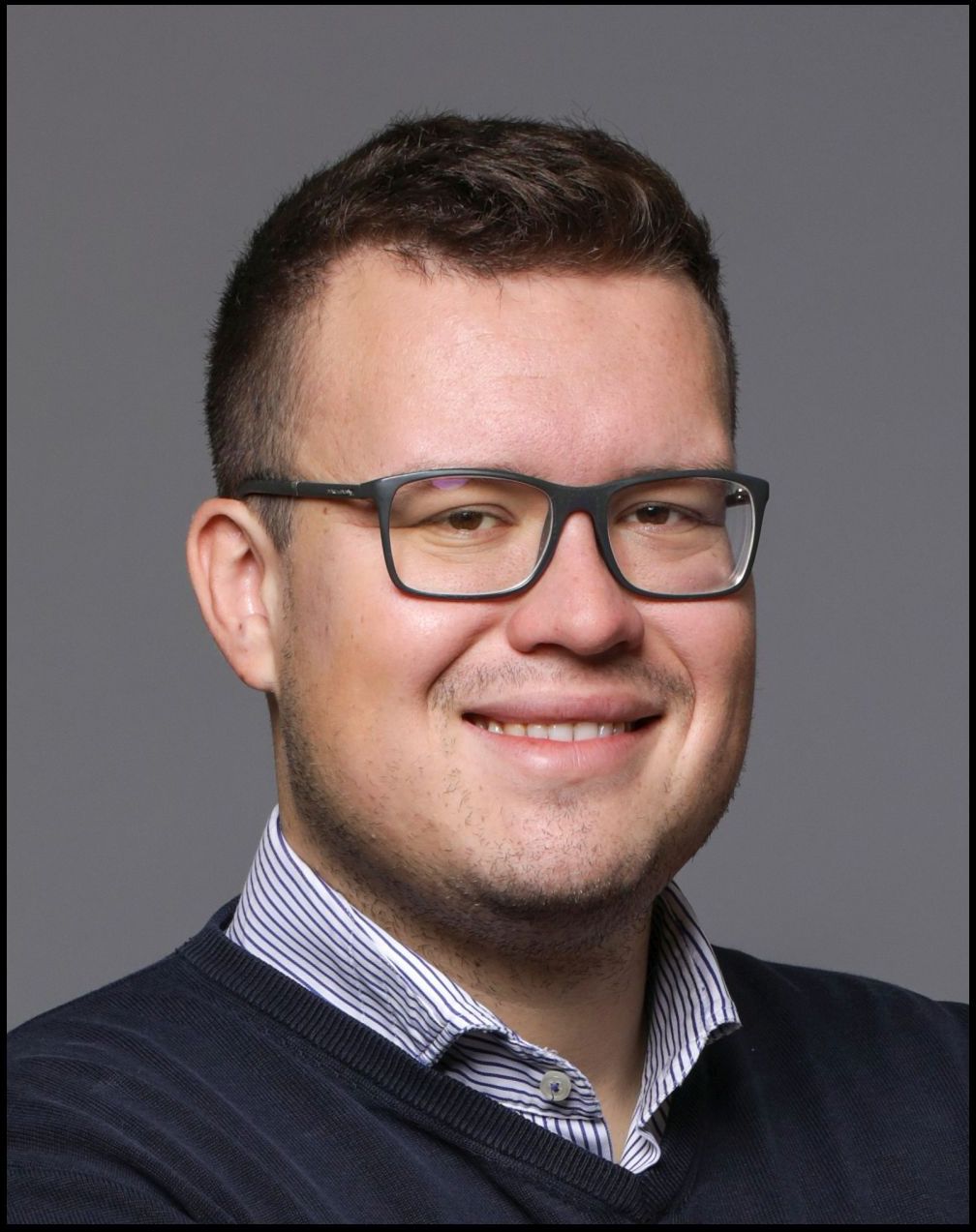Zajednički odjel za elektroničke elemente / poluvodičke integrirane sklopove (ED15/SSC37) Hrvatske sekcije IEEE poziva Vas na online predavanje:
Modelling and simulation of gallium nitride (GaN) high electron mobility transistors (HEMTs),
koje će održati dr. sc. Ivan Berdalović sa Sveučilišta u Zagrebu Fakulteta elektrotehnike i računarstva. Predavanje će se održati online u petak 18. prosinca 2020. s početkom u 11:00 sati putem MS Teams platforme. Poveznica za pristup predavanju je ovdje.
Predviđeno trajanje predavanje s raspravom je 45 minuta. Predavanje je otvoreno za sve zainteresirane, a posebno pozivamo studente. Više o predavaču i predavanju možete pročitati u opširnijem sadržaju obavijesti.
Sažetak
In recent years, wide-bandgap III-V semiconductors and gallium nitride (GaN) in particular have become the technology of choice for microwave and power switching applications. The high breakdown voltage and high thermal conductivity, in combination with a high mobility and high 2D electron concentration achievable due to the built-in spontaneous and piezoelectric polarisation, mean that GaN outperforms other materials in terms of power, gain, and efficiency at a given frequency. Therefore, the modelling of electrical and transport properties of GaN-based material systems has been a topic of great interest.
The talk will give an overview of recent modelling efforts in the field of GaN high electron mobility transistors (HEMTs), focusing especially on low-field electron mobility, which has historically been an important predictor of overall device performance. The basic building block of these devices is typically an AlGaN/GaN heterostructure where the conducting electrons are confined within a quantum well on the GaN-side of the heterointerface. The semi-classical modelling approach presented takes into account the quantum effects occurring in these structures by solving the Schrodinger equation numerically and self-consistently with the Poisson equation and using the resulting quantities to calculate the electron mobility in the momentum relaxation time approximation (MRTA), considering all relevant scattering mechanisms. The calculated results are shown to be in good agreement with the available experimental data.
Biografija
Ivan Berdalović was born in Mohács, Hungary, on 8 November 1992. He finished primary and secondary school in Beli Manastir, Croatia, after which he started his studies in Electrical Engineering and Information Technology at the Faculty of Electrical Engineering and Computing at the University of Zagreb. During his studies, he worked on subjects in the field of microelectronics, semiconductor technology, optoelectronics as well as analogue and digital integrated circuits. Other than having an excellent grade point average, he also received the "Josip Lončar" award for his success during the first year of Master studies as well as the Rector's Award for best scientific paper. He received his MSc in 2016 on the topic of single-photon avalanche photodetectors, after which he was hired as a PhD student at the European Organisation for Nuclear Research (CERN), where he was working on the design of advanced pixel detectors for the ATLAS experiment. Apart from technical training in the topics of microelectronics and detectors, during his PhD he also attended courses on innovation management and technological competence leveraging, and acquired a PRINCE2 certificate in project management.
Since 2019, he has been working as a postdoctoral researcher at the Micro- and nanoelectronics laboratory of the Faculty of Electrical Engineering and Computing in Zagreb, where his main focus is the modelling of carrier transport in advanced nanoelectronic structures such as high electron mobility transistors (HEMTs) made of gallium nitiride (GaN) and related materials. He is the author and co-author of numerous papers on avalanche photodiodes, radiation-hard pixel detectors and modelling of electron mobility, and he has participated in several international conferences.


